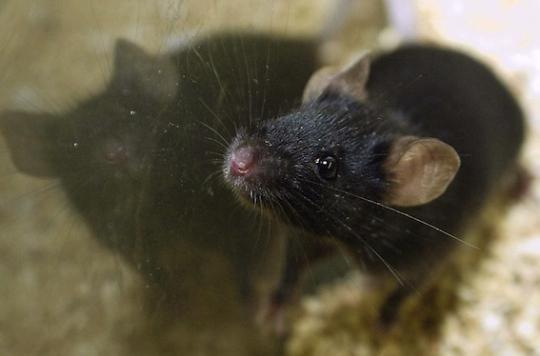By eliminating senescent cells, American researchers have succeeded in extending the life expectancy of mice without any side effects.

Is immortality at hand? To believe, a study published this Thursday in the prestigious journal Nature, this old human fantasy could well come true. A team of American researchers from the Mayo Clinic (Minnesota, United States) has in fact discovered a makeover capable of extending the life expectancy of mice by 30%.
To rejuvenate these lab animals, scientists have targeted senescent cells. Senescence is the ultimate point of cellular aging from which cells no longer divide and accumulate in the body. “It’s a biological mechanism that works as an ’emergency brake’ and is used by damaged cells to stop their proliferation,” says Jan Van Deursen, professor of biochemistry and molecular biology at the Mayo Clinic and author principal of this work. And although stopping their division helps prevent the onset of cancer, it is assumed that once this brake is engaged, these cells are no longer needed. “
However, their uselessness does not prevent them from being harmful. This is because, while patiently awaiting their death, senescent cells produce toxic molecules that damage tissues and organs, leading to age-related diseases such as kidney failure.
Programming cell death
Also, the researchers speculated that eliminating this group of cells would be beneficial and may even have the property of rejuvenating the body. To remove only cells at the end of their life, they genetically programmed mice so that these cells were targeted by a molecule, AP20187, capable of triggering their death.
After several injections, the mice stripped of their senescent cells turned out to be healthier than the control group. “They observed an improvement in renal function, better cardiac tolerance to exercise, less cataracts, summarizes for Why actor Prof. Philippe Amouyel, specialist in diseases linked to aging and researcher at the Institut Pasteur in Lille. The mice are also more curious in their cages, lose less fat and develop cancer later than the control mice. These results therefore suggest that senescent cells play a role in oxidation and aging ”.
Philippe Amouyel, specialist in diseases linked to aging: ” This work shows that we have a new biological function of aging. And to limit it, let’s try to find out how we can counteract or remove the effect of these cells. “
Still years of research
Moreover, the destruction of these cells made it possible to lengthen the life of these mice by 17 to 35%. “And since we can eliminate these cells without negative effect, we can imagine that therapies capable of reproducing our results will be very useful in the treatment of age-related diseases”, hopes Dr Jan Van Deursen.
However, Professor Amouyel points out that the drug injected into the mice triggered the death of cells that were not in senescence. “The elimination of cells could lead to the development of diseases that you do not expect,” he says. Conversely, senescent cells persist in the liver and in the colon. A phenomenon that researchers do not explain. The quest for the Fountain of Youth is therefore far from over.

.















